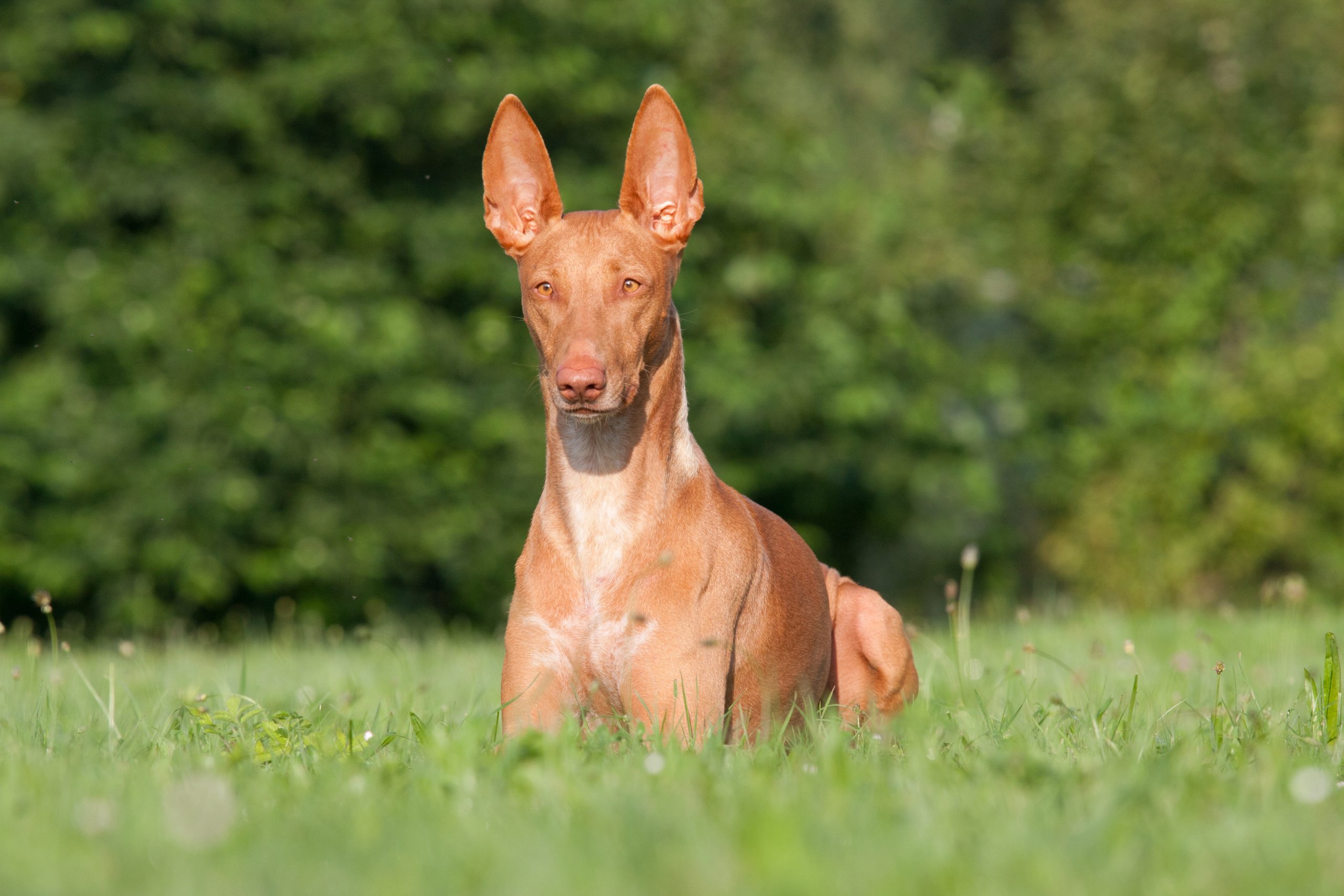 Shutterstock
Shutterstock
Throughout human history, dogs have played countless roles—guardians, hunters, herders, and best friends—but some breeds were elevated far beyond pet status in ancient times. They weren’t just loyal companions; they were seen as sacred beings, messengers from the gods, protectors of souls, and even gatekeepers of the afterlife. They were honored in rituals, carved into holy art, and sometimes believed to possess supernatural powers. These breeds walked among mortals with a presence that felt downright holy. These would have included titles like “soul escort,” “demon deterrent,” and “personal deity’s favorite.”
Saluki
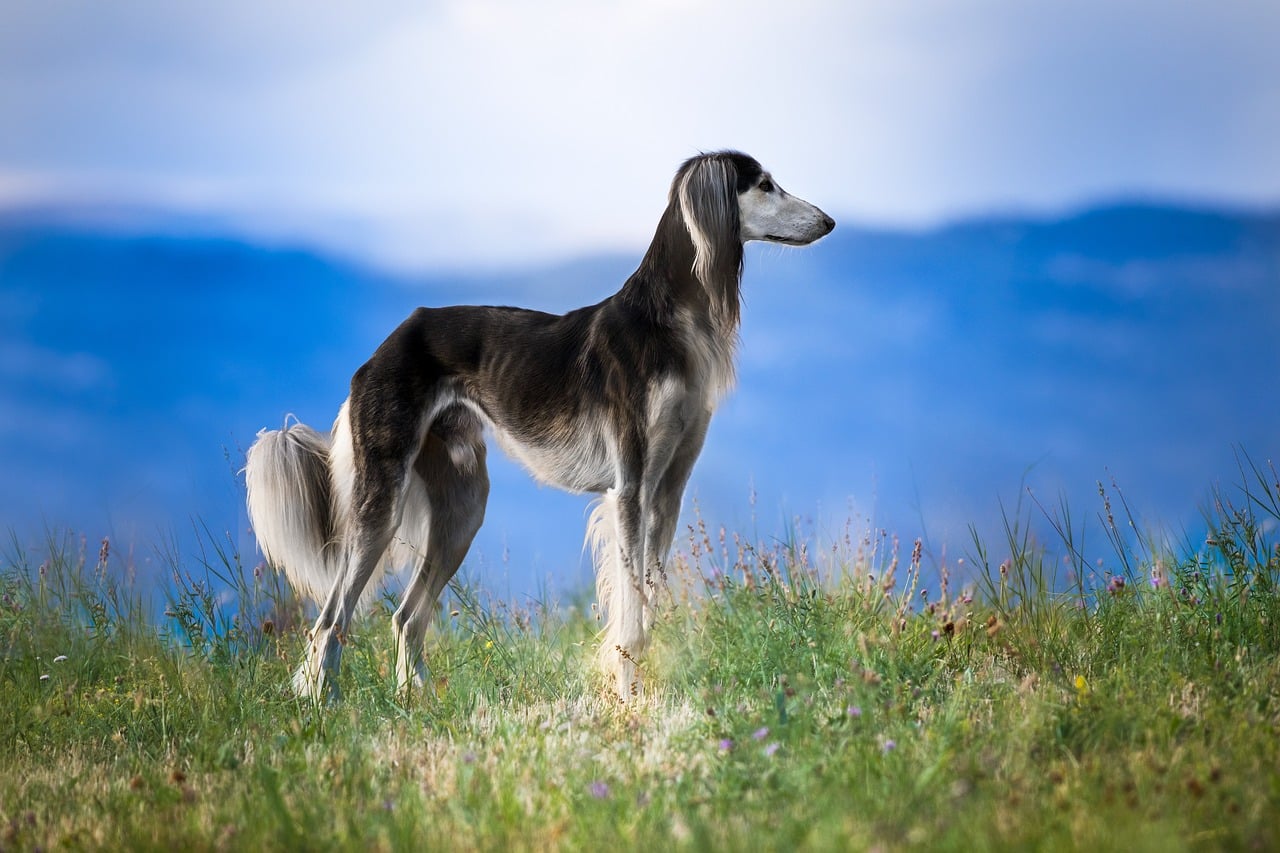 Shutterstock
Shutterstock
Often referred to as the “Royal Dog of Egypt,” the Saluki held a revered position in ancient Egyptian society—not just because of its speed and beauty. These elegant hounds were considered sacred gifts from the gods, particularly associated with Anubis, the jackal-headed deity of the afterlife. Salukis were often mummified and buried alongside pharaohs to guide their souls into the next world. Their presence in tomb art and royal inscriptions reveals a breed so respected that they were essentially treated as divine staff for the great beyond. If any dog had VIP access to the afterlife, it was definitely the Saluki.
Xoloitzcuintli
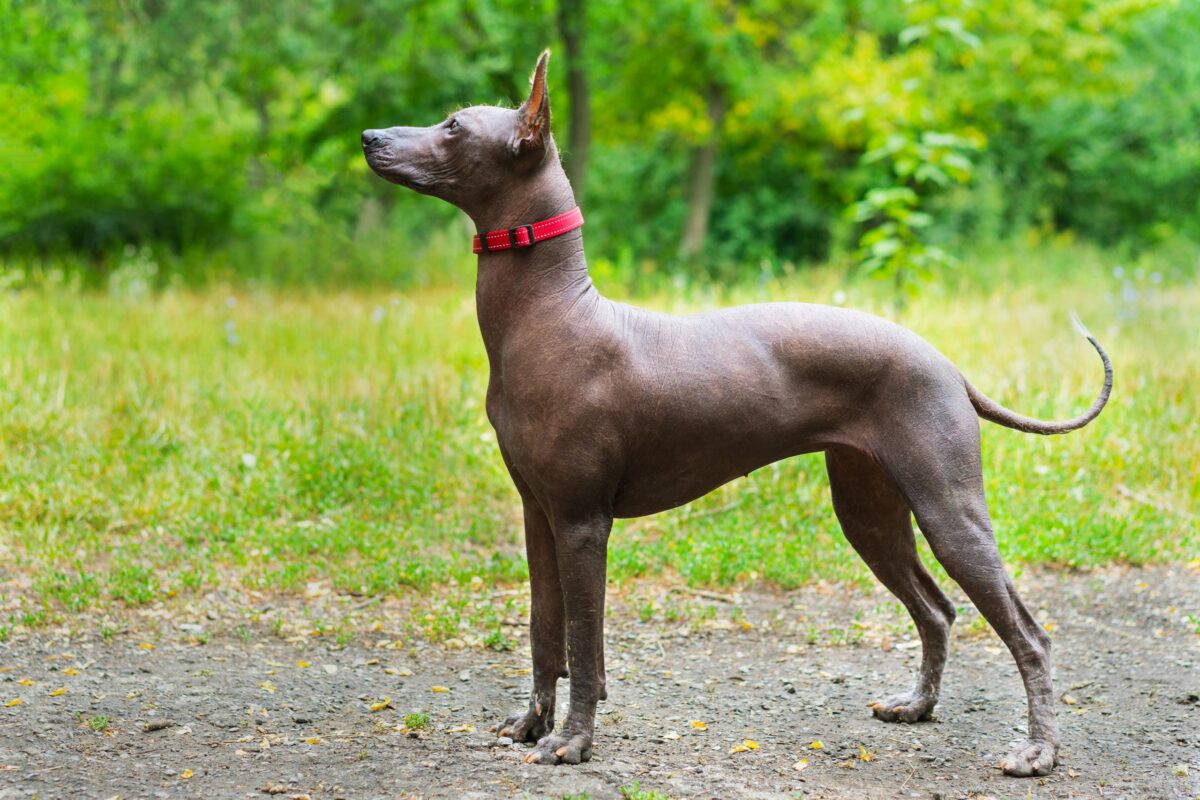 Shutterstock
Shutterstock
The Xoloitzcuintli, or Xolo for short, was no ordinary dog in ancient Mesoamerican cultures. The Aztecs, Maya, and Toltecs believed these hairless dogs were spiritual guides that escorted souls safely through the underworld. Associated with Xolotl, the Aztec god of lightning and death, the Xolo was often buried with its owners to fulfill this sacred duty. Their unique, almost otherworldly appearance only added to their mystical aura. If reincarnation is real, every Xolo is probably on its seventh spiritual promotion.
Tibetan Mastiff
 Shutterstock
Shutterstock
Towering and intimidating, the Tibetan Mastiff was more than just a guardian dog in ancient Himalayan cultures—it was a temple protector with divine clout. Bred by monks to watch over sacred monasteries, these majestic giants were believed to ward off evil spirits and protect the spiritual harmony of the land. With their lion-like mane and booming bark, Tibetan Mastiffs were often thought to embody protective deities or mountain spirits. If a mythical creature had a personal security team, the Tibetan Mastiff would be running it.
Anatolian Shepherd
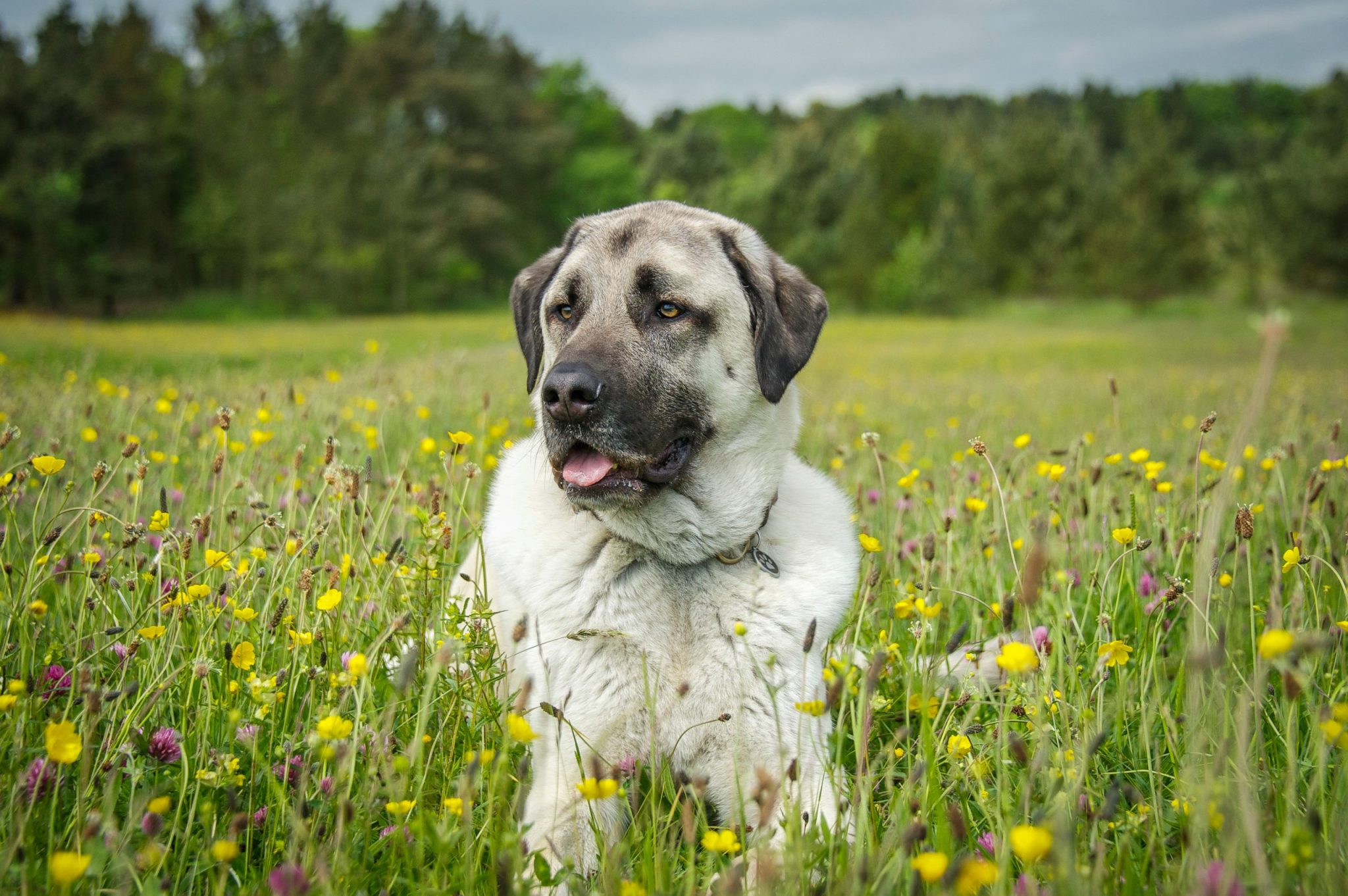 Shutterstock
Shutterstock
The Anatolian Shepherd has been protecting livestock and humans for thousands of years, with origins tracing back to ancient Mesopotamia—one of the cradles of civilization. Revered by ancient peoples in what is now Turkey, this powerful guardian dog was more than just a practical herding companion. It was believed to be under divine protection and, in some communities, seen as a spiritual sentinel entrusted with the safety of entire villages and sacred grounds. Their near-mystical ability to sense danger long before humans gives them a reputation as dogs with a sixth sense. If ancient gods needed someone to watch the flocks—and maybe everything else—the Anatolian Shepherd was on divine duty 24/7.
Lhasa Apso
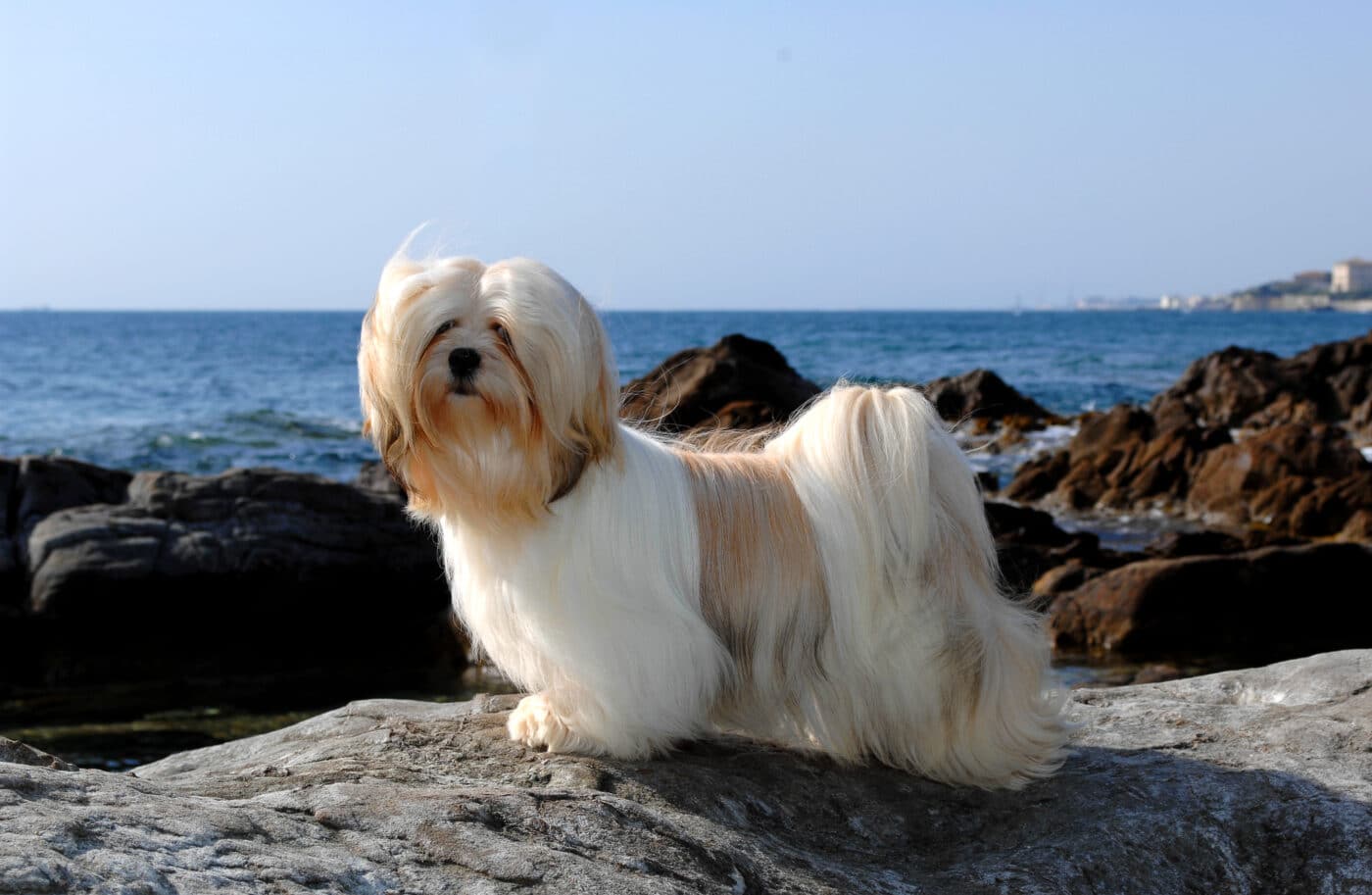 Shutterstock
Shutterstock
In ancient Tibet, the Lhasa Apso wasn’t just a fluffy companion—it was a symbol of reincarnated lamas and a holy being in disguise. Monks believed that the souls of spiritual masters could return in the form of these dogs, giving the Lhasa Apso an almost mystical significance. They were kept exclusively in monasteries and temples, serving as sacred watchdogs for holy grounds. Their keen awareness and noble posture added to their reputation as divine gatekeepers. They may be pint-sized, but their spiritual résumé is massive.
Basenji
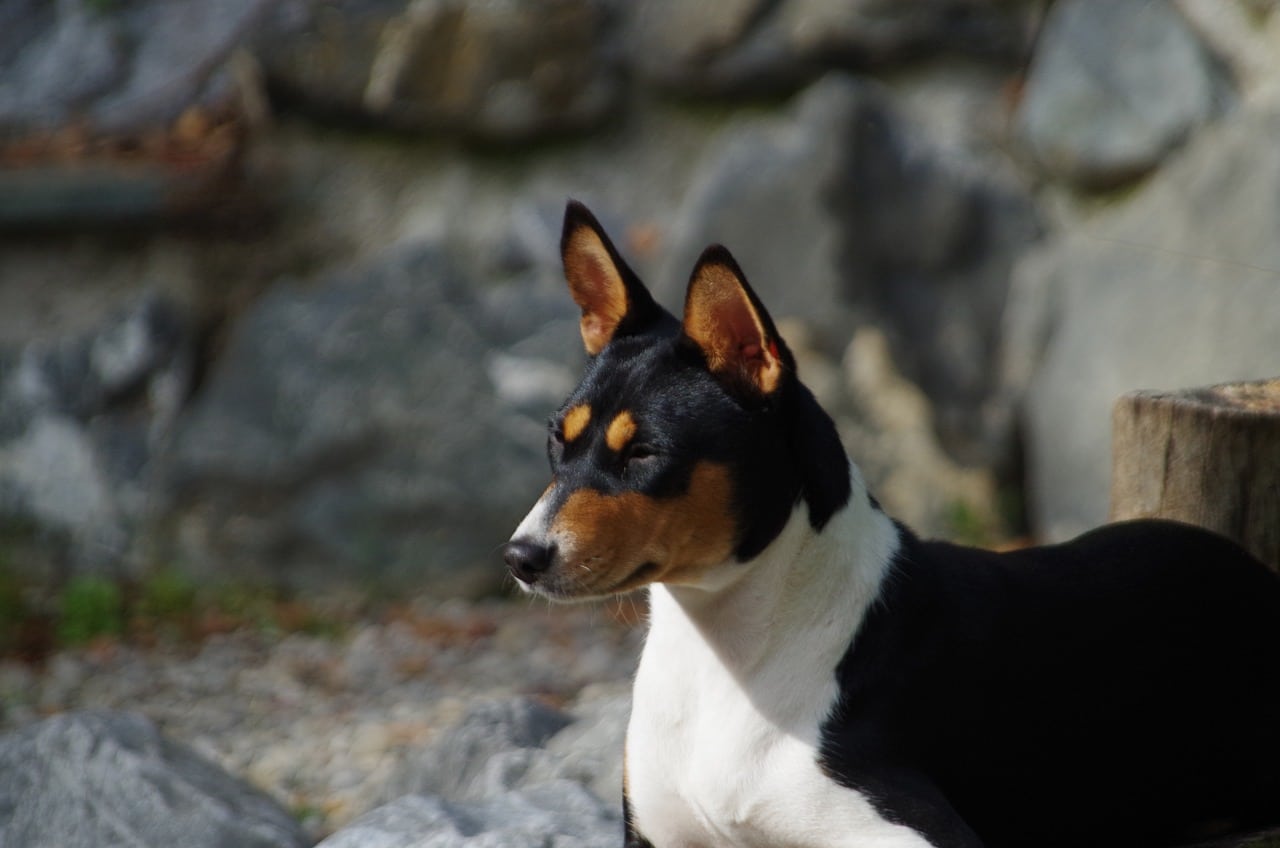 Shutterstock
Shutterstock
The Basenji, known as the “barkless dog,” was held in high spiritual regard in ancient African cultures, especially among the Egyptians. These dogs were admired for their intelligence and mysterious nature, often seen as animals that could bridge the physical and spiritual worlds. They appear in ancient tombs and carvings, standing beside pharaohs as symbols of protection and grace. Their yodel-like vocalizations likely added to the belief that they weren’t ordinary dogs but divine messengers. If the gods needed a stealthy, clever companion, the Basenji was top of the list.
Akita
 Shutterstock
Shutterstock
The Akita has a long history in Japanese culture as a symbol of loyalty, protection, and spiritual purity. Though not directly tied to any specific god, the breed was considered so sacred that only the nobility and imperial family could own one during certain historical periods. Statues of Akitas were often given to families as blessings for health, prosperity, and good fortune. Their presence was thought to guard against evil spirits and misfortune. If Japan’s divine kami had personal bodyguards, you could bet they were fluffy, serious-faced Akitas.
Pharaoh Hound
 Shutterstock
Shutterstock
Despite its modern name and ties to Malta, the Pharaoh Hound looks so much like the dogs in ancient Egyptian art that it’s hard not to associate them with divine status. These elegant, amber-toned sighthounds were likely descended from the same stock that ancient Egyptians used for hunting and spiritual rituals. With their glowing coat and regal demeanor, Pharaoh Hounds were seen as earthly companions of deities. They even blush when excited, which only adds to their mythic charm. If a dog could moonlight as a sun god’s sidekick, it’s this one.
Shar Pei
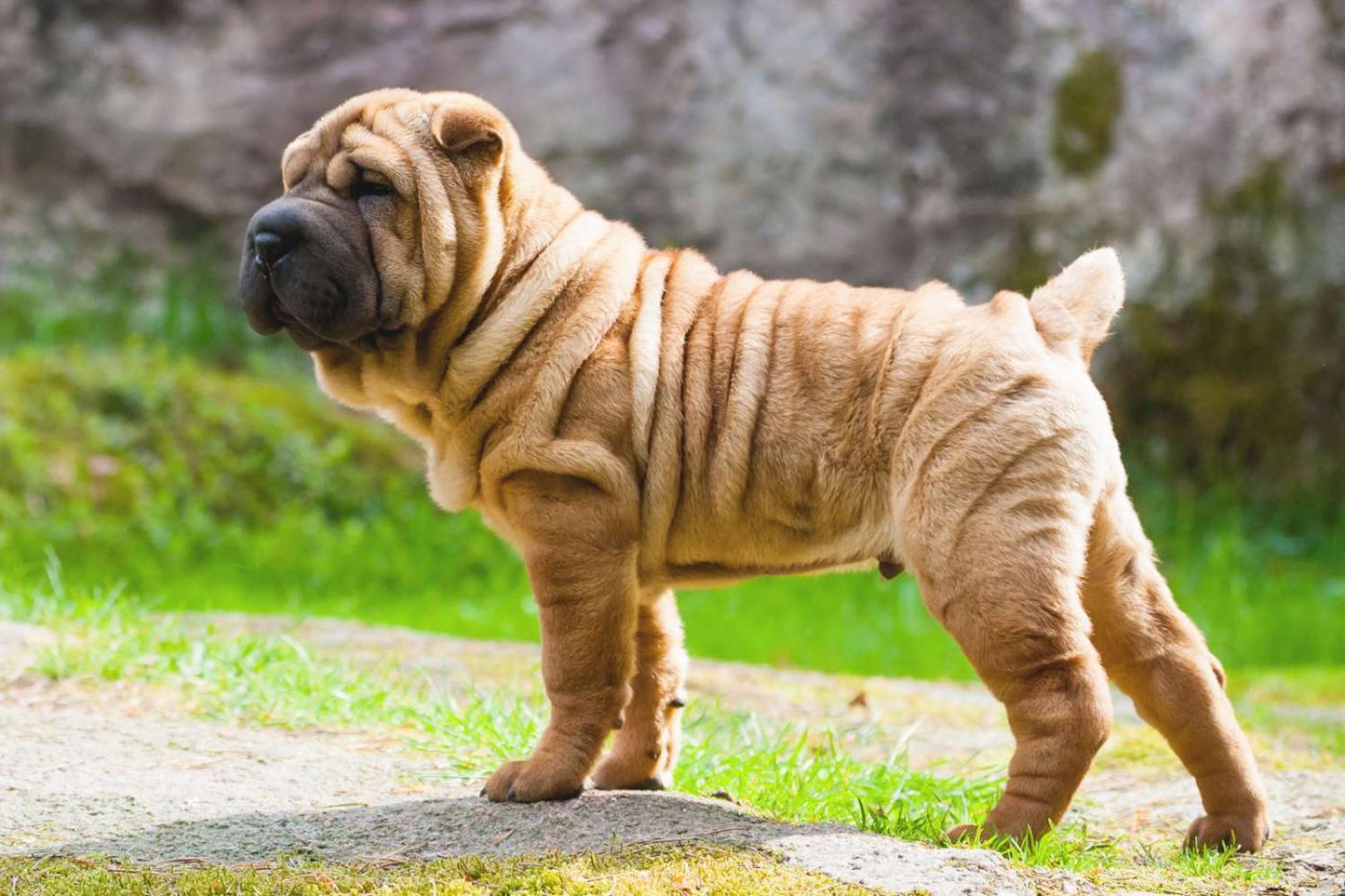 Shutterstock
Shutterstock
In ancient China, the wrinkly and stoic Shar Pei was believed to ward off evil spirits, thanks to its unique appearance. Their loose skin and bristly coats were considered protective armor—not just against physical threats but also against supernatural ones. Shar Peis were often gifted to spiritual leaders or kept as guardians for temples and homes believed to be spiritually vulnerable. The belief was that demons couldn’t grab hold of a creature they couldn’t figure out how to pet. Bless those blessed wrinkles.
Cane Corso
 Shutterstock
Shutterstock
In ancient Rome, the Cane Corso was more than just a guardian and war dog—it had a revered place in spiritual ceremonies. These powerful canines were used in rituals dedicated to gods of war and protection, such as Mars, symbolizing strength and loyalty. They were often kept by noble families for defense and to represent divine guardianship over the home. Their intimidating presence and unwavering loyalty made them natural figures of worship and respect. If ancient Roman gods had pets, the Cane Corso would guard Olympus.
Chinese Imperial Dog (Pekingese)
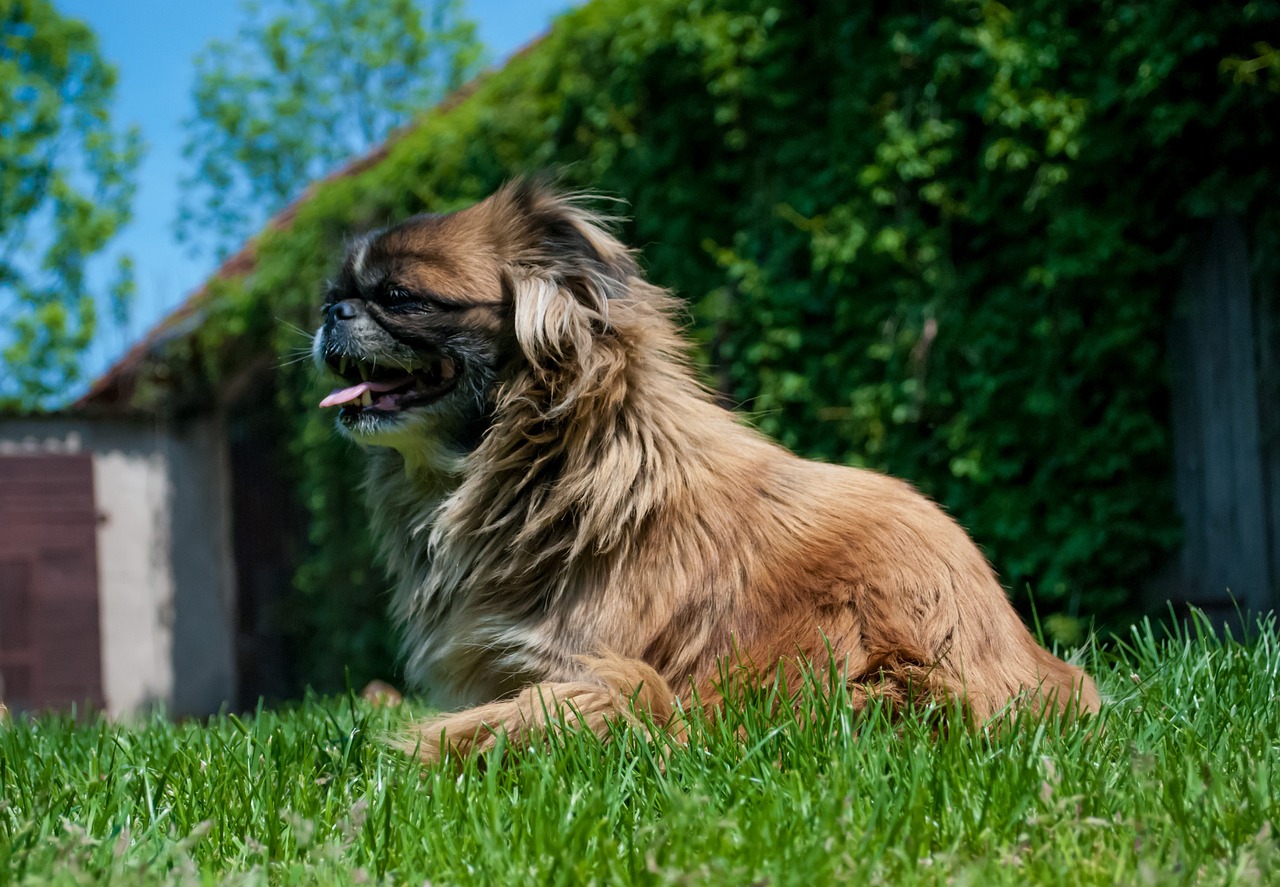 Shutterstock
Shutterstock
Bred to resemble lions, which are symbolic guardians in Chinese Buddhism, the Pekingese were considered sacred dogs in ancient China. These royal companions were thought to embody spiritual virtues and were even believed to house the spirits of monks or royal ancestors. They were so revered that commoners had to bow to them, and stealing one could result in serious punishment. Their lion-like manes and proud demeanor made them living symbols of divine protection and enlightenment. Basically, they were spiritual royalty—and they knew it.
Holy Bark-ademy Awards
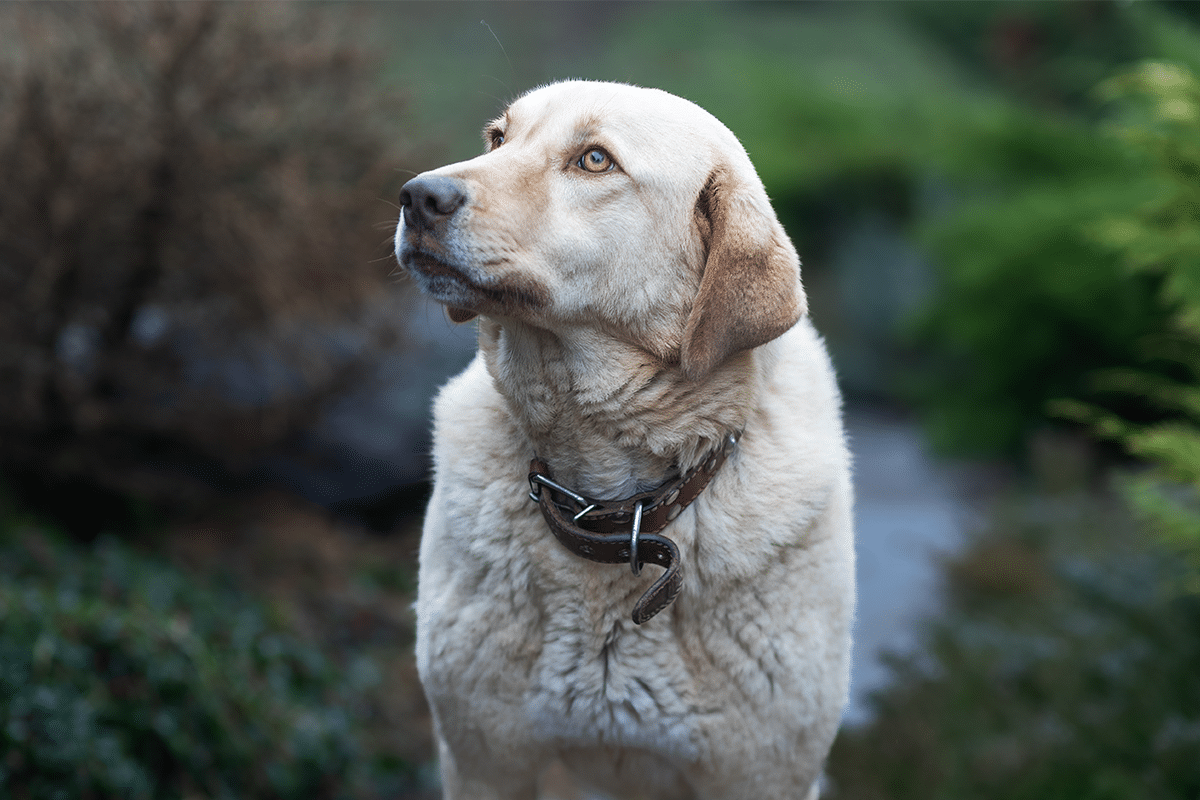 Shutterstock
Shutterstock
While most modern pups earn praise for sitting on command or resisting the urge to destroy your slippers, these ancient breeds once held far more exalted titles. They were revered as sacred guardians, divine intermediaries, and loyal living and spirit world protectors. Their legacies are etched into temples, tombs, and myths—proof that their spiritual status was no passing phase. These weren’t just good boys and girls; they were holy icons with paws. Honestly, they deserve snacks, reverence, and possibly their religious holidays.
 Toledo, United States.
Toledo, United States.
